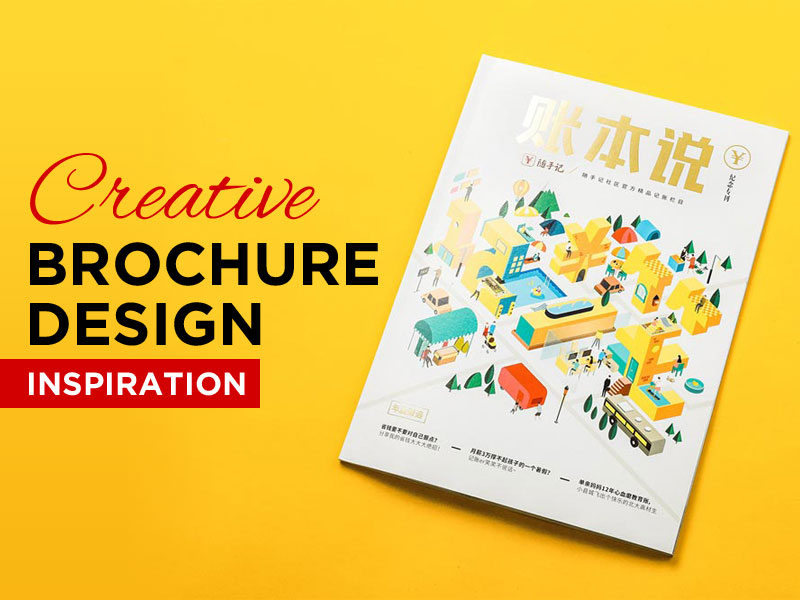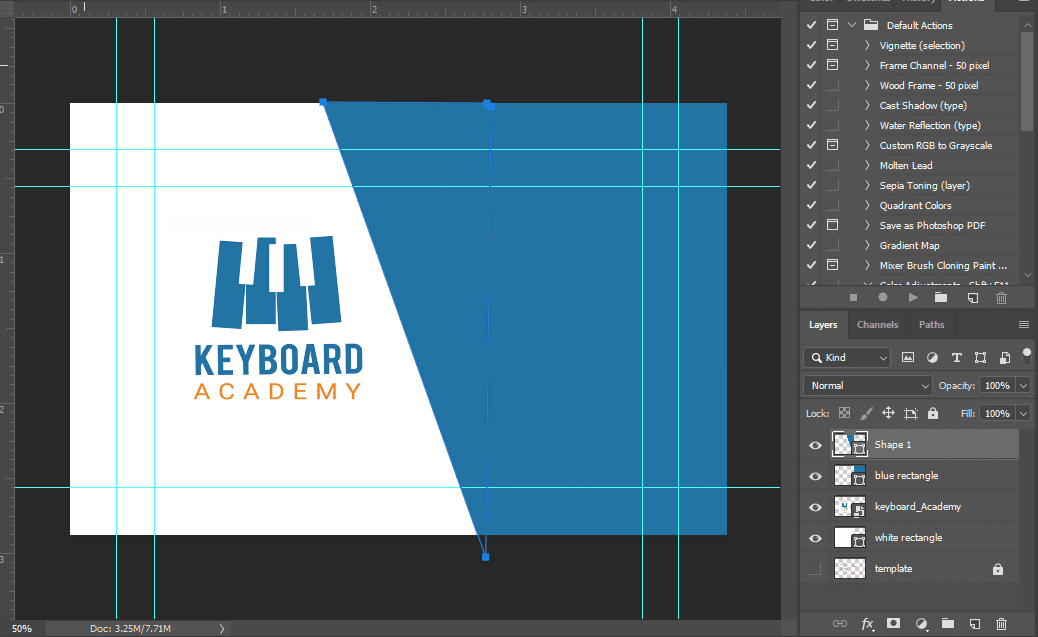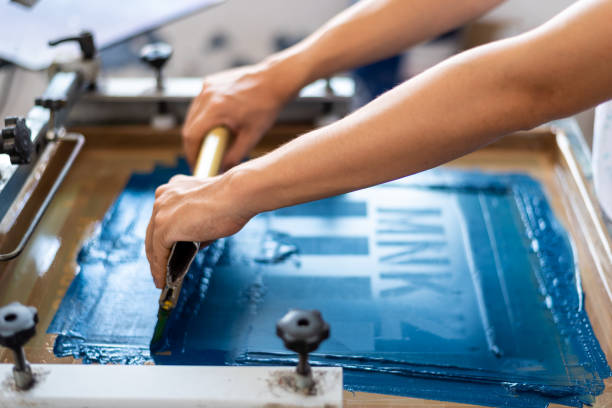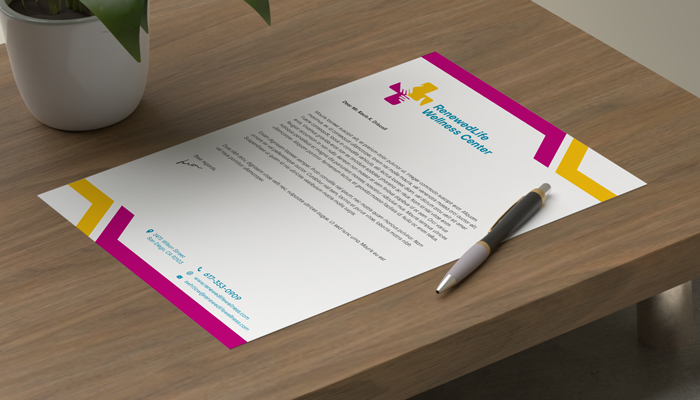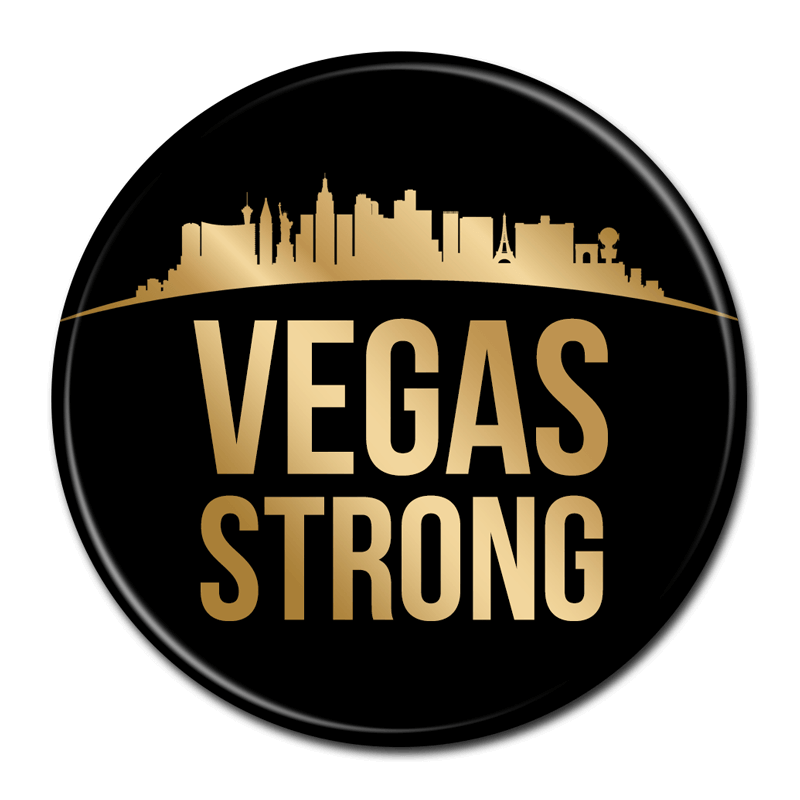The Art of Brochure Design: Diverse Ideas and Their Functionality and how they work in Las Vegas
In today’s digital age, many have declared the printed brochure dead and gone. However, anyone involved in marketing will tell you that the tactile experience of holding a well-designed brochure is as powerful as ever. A brochure can give potential clients or customers something tangible to take away with them, solidifying the business’s message in their mind. Let’s dive into the myriad of ideas for brochures and how they work.
1. Classic Tri-fold:
The most common type of brochure is the tri-fold. This format provides six separate panels, three inside and three out, allowing businesses to break down their information into digestible sections. They are handy, can be easily displayed on counters, and are versatile in terms of design and content allocation.
How it works: Ideal for giving an overview of services, an introduction to the company, and concise contact information. It’s the ‘business card’ of brochures.
2. Bi-fold Brochures:
A bi-fold is essentially a single sheet folded in half, resulting in four panels.
How it works: It’s great for menus, event programs, and other cases where a more extended form of presentation is required without overwhelming the reader.
3. Multi-page Bi-folds (Booklets):
More extensive than standard bi-folds, booklets allow for more detailed information sharing.
How it works: Perfect for product catalogs, mini-magazines, or detailed company overviews. It tells a comprehensive story of a brand.
4. Die-Cut Brochures:
These are brochures cut into custom shapes, often to reinforce the brand or product image.
How it works: They offer a unique visual and tactile experience. A guitar shop might have a brochure shaped like a guitar, for instance. This immediately stands out and solidifies brand identity.
5. Z-fold Brochures:
This is a variation of the tri-fold, but it folds like an accordion.
How it works: Useful when you have a flow or progression to your content. For example, a travel agency might detail a day-by-day itinerary of a tour package.
6. Gate-fold Brochures:
These have a central panel with two side panels that fold inward.
How it works: The wide central panel is ideal for showcasing a significant graphic or photo. It’s often used for luxury products or services because of its ‘big reveal’ style opening.
7. Interactive Brochures:
These brochures incorporate pop-ups, pull tabs, or other interactive elements.
How it works: They are engaging and memorable. Ideal for launches or events where you want the brochure to be a talking point itself.
8. Digital Brochures:
Though not printed, digital brochures have grown in popularity. They can be sent via email or accessed via a QR code.
How it works: Incorporate videos, links, and interactive elements. These are eco-friendly, easy to distribute, and can be very engaging when done right.
9. Single-page Brochures/Flyers:
These are simple, single-page materials without any fold.
How it works: Ideal for event announcements, promotions, or when conveying a simple, direct message.
Tips for Effective Brochure Design:
- Consistent Branding: Make sure the brochure reflects the brand’s colors, fonts, and overall aesthetic.
- High-quality Images: Images can make or break a brochure. Always use high-resolution, professional-quality photos.
- Engaging Copy: Your content should be compelling, clear, and catered to your target audience.
- Clear CTA (Call to Action): Whether you want the reader to call, visit a website, or attend an event, make the CTA prominent.
In conclusion, the art of brochure design lies in understanding the message you want to convey and choosing the appropriate format to communicate that message effectively. Whether you’re opting for a classic tri-fold or experimenting with a die-cut design, always prioritize clarity, creativity, and brand consistency. The right brochure can leave a lasting impression!

